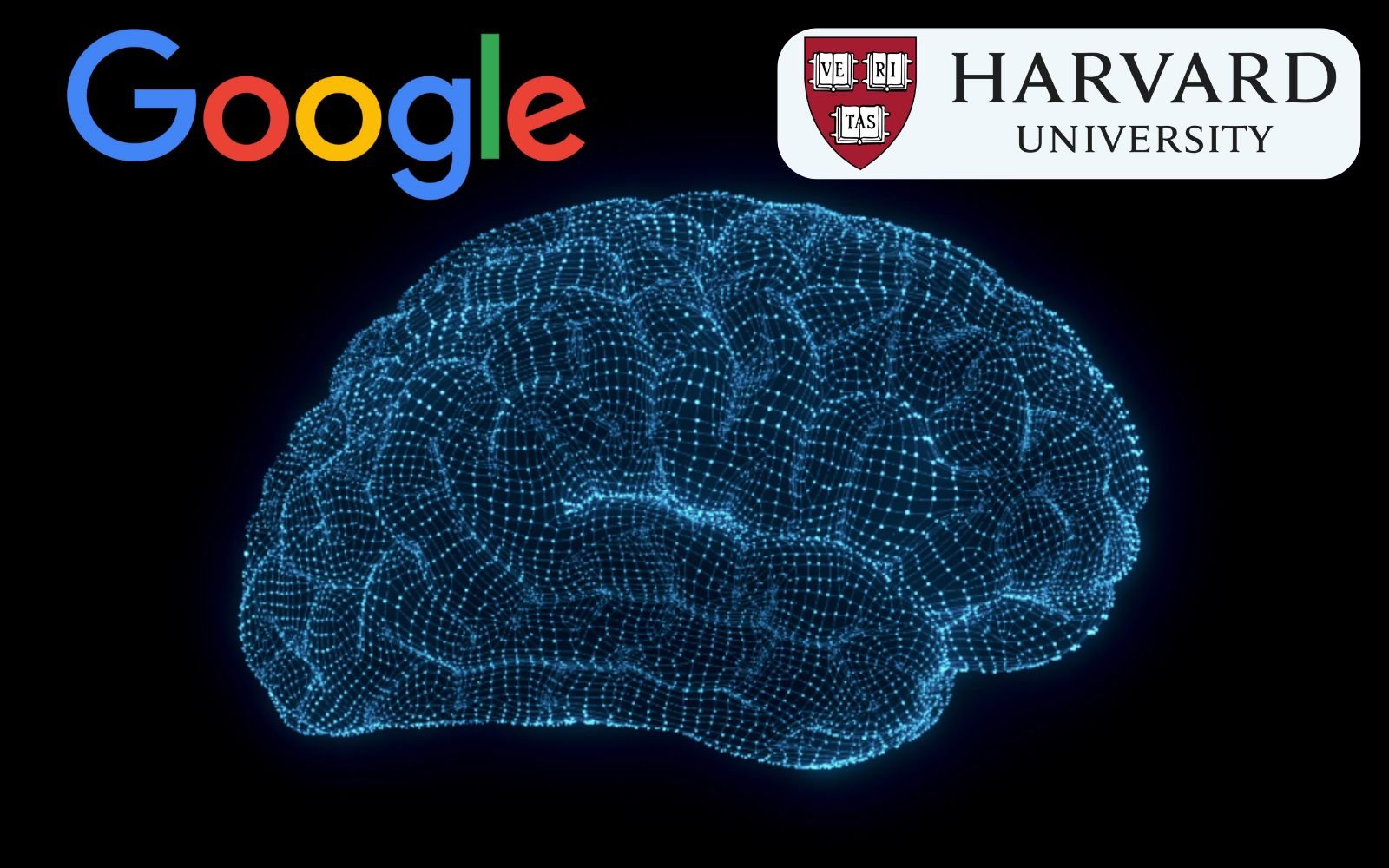
Harvard University and Google have partnered to create an astonishing 3D map of brain tissue using advanced AI technology. This ground-breaking project offers unprecedented insights into the brain’s intricate structure, potentially revolutionizing neuroscience research.

The collaboration between Harvard and Google started with a shared goal: to understand the human brain in greater detail. By combining Harvard’s expertise in neuroscience with Google’s AI capabilities, the project aimed to map the brain at an unprecedented resolution. The result is a highly detailed 3D map that reveals the brain’s complex networks and structures.
AI plays a crucial role in this project. Traditional methods of brain mapping involve labor-intensive processes that can take years. However, AI algorithms can process vast amounts of data quickly and accurately. In this project, AI analyzed electron microscopy images of brain tissue, identifying and classifying different structures within the brain.
The creation of the 3D map involved several steps. First, researchers captured high-resolution images of brain tissue using electron microscopes. These images were then fed into AI models designed to recognize and differentiate between various brain structures. The AI processed these images to create a detailed 3D reconstruction of the brain tissue, highlighting connections and pathways that were previously difficult to visualize.
High-resolution imaging is critical for understanding the brain’s complexity. The AI-powered 3D map allows researchers to see the brain’s microscopic details, from individual neurons to the synapses connecting them. This level of detail provides valuable insights into how the brain functions and how different regions interact.
This project has significant implications for neuroscience. The detailed 3D map can help researchers understand neurological diseases better, potentially leading to new treatments and therapies. It also offers a valuable resource for studying the brain’s development and how it changes with age or disease.
The success of this project demonstrates that AI is the future of scientific research. AI technologies can handle complex tasks that are beyond human capabilities, making them invaluable tools in various fields. The ability to process and analyze large datasets quickly allows researchers to make discoveries at an accelerated pace.
The concept of “liquid AI” is also relevant here. Liquid AI refers to adaptable AI systems that can learn and evolve over time. In the context of brain mapping, liquid AI can continuously improve its accuracy and efficiency, making future maps even more detailed and informative. This adaptability is crucial for keeping pace with the rapidly advancing field of neuroscience.
As AI technology becomes more integral to scientific research, there is a growing need for professionals trained in AI and related fields. Companies like Kalkey offer professional training programs and job support solutions that equip individuals with the necessary skills to excel in AI-driven industries. These programs provide practical knowledge and hands-on experience, ensuring that professionals can effectively use AI technologies in their work.
The collaboration between Harvard and Google to create a 3D map of brain tissue highlights the transformative potential of AI in scientific research. This project offers new insights into the brain’s structure and function, paving the way for future discoveries in neuroscience. As AI continues to evolve, its role in research and innovation will only grow more significant.
Investing in professional training is essential for those looking to participate in this exciting field. Kalkey’s training programs and job support solutions can help individuals gain the skills needed to thrive in AI-driven research environments. Embracing AI technology and continuous learning will be key to unlocking future scientific breakthroughs.